SUMMARY
This is AI generated summarization, which may have errors. For context, always refer to the full article.

Why Indonesia? That’s a question thrown at me over and over again ever since I moved to this country.
In most instances, I say the easiest answer so people would let me off the hook: Because it’s a wonderful country. Because your people are warm. Your culture is far better than what we have back home.
These are sweet answers that I know most of you would like to hear from someone who comes from a country that’s not far different from yours. We, too, have millions of people living under the poverty line. Corrupt politicians. Ridiculous infrastructure. Dismal quality of public education. Whenever I’m asked to show pictures of my country, I often get reactions like, oh, Indonesia is a lot better. I would then acquiesce.
You see, I don’t have much time to pull a debate over these matters. I also do not want to dedicate huge portions of my life hurting my friends’ national pride. Once, a friend asked how much is a Philippine peso when converted to the Indonesian rupiah. Today a peso hovers around 300 IDRs. He swiftly said, well, then, our money’s worth is bigger than yours. I simply smiled. Of course, it’s the other way around.
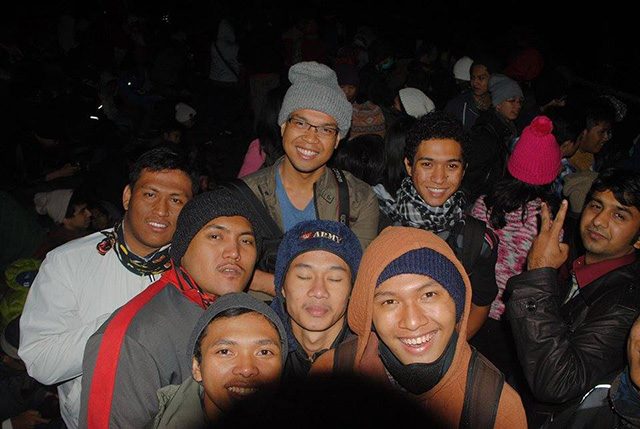
One of the main reasons I seal my lips whenever I’m cornered to answer questions like this is that I fear I’d end up earning more enemies than friends by blurting out my thoughts aloud.
Also, the question would reveal how personal my migration to Indonesia is.
It starts, after all, with a personal story three years ago on the southern part of the Philippines, near the maritime border that both our countries share.
Meet the Sangirs
The story is about your people who migrated to the Philippines in the 1950s. They call themselves the Sangir people, the tribe from small groups of islands on North Sulawesi.
There are thousands of them living on the islands of Balut and Sarangani. Sometimes, they call themselves Indonesians. At other times, they consider themselves Filipinos, especially the new generation of Sangirs who have never seen Indonesia.
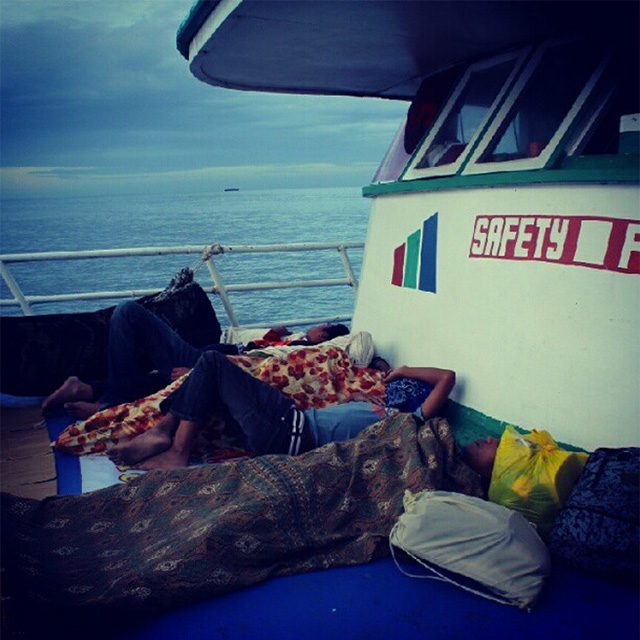
Just a few days before Christmas in 2012, I sailed into Mabias, the port of Sarangani province in the Philippines to which both islands politically belong.
The trip takes 8 hours from General Santos City on board a medium-sized ferry that carries sacks of rice, chickens, fighting cocks, goats, crates of bottled soda, and people coming home from the main island of Mindanao in southern Philippines.
Just before we were about to board the ship, we were told that it’s no longer accepting passengers. It’s reached its maximum passenger capacity, so the next trip would carry passengers in January the following year. I bargained if it would be possible to board as I was rushing to gather facts of a story that’s due very soon. Finally, after speaking to one of the coast guards, we were able to hop in.
On Pakiluaso, a small coastline village of around 30 families on Balut Island, I met Nerlyn Sasamu Dagcutan. A dark-skinned and big-boned woman, Dagcutan is a pamong, an Indonesian term for guardian. As a guardian, her main task is to train the young Sangirs to speak Bahasa Indonesia, your country’s national language.
Unlike in many public universities where lecturers get to present their materials using multimedia projectors, Dagcutan is left with nothing but a piece of chalk and a dusty blackboard inside a 20-square-metre concrete school that they “borrow” on Saturdays. The school happens to be owned by the Philippine government, where on weekdays students there get a piece of education, the Filipino way.
Dagcutan has another noble duty on Saturdays. Apart from teaching Bahasa Indonesia, she teaches the kids to sing songs like “Dari Sabang Sampai Merauke.”
In English, as you know, the song goes: “from Sabang to Merauke, islands pile up, they are connected, to become Indonesia.”
The kids memorize the song by heart, without any idea where these islands are, or a sense of what the song truly means. Yet for Dagcutan, she says it is important that the children learn about their homeland.
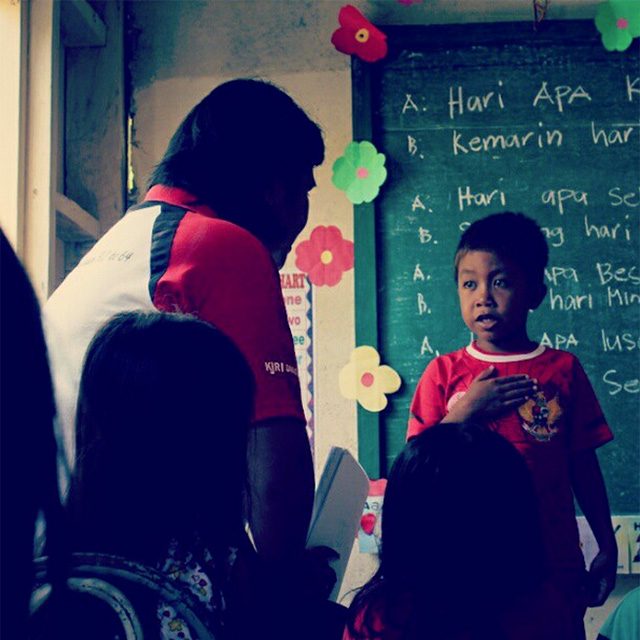
I tell you their story because many of you who are in no doubt citizens and residents of your country sometimes get into trivial fights.
In April, one of the world’s respected artists, Anggun Cipta Sasmi, and one of your country’s pride, wrote an open letter to President Jokowi, pleading him to grant clemency to those set for execution that month.
But reading the online comments, I saw that some of you told her she had no business meddling in Indonesia’s problems. By moving to France, you said, she’s lost her moral ascendancy to bring the issue into light. She is no longer an Indonesian, you said.
These views bring me back to people like Dagcutan and the over 6,000 people of Indonesian descent who are living in Mindanao.
If this happened to the famous Anggun, I fear your people in the Philippines could suffer the same fate. What if they start asking Jokowi to look into their plight as de facto stateless people, would you also question their identity, too, since they no longer live in Indonesia?
It is not far-fetched to imagine that these people have long been wanting to tell Indonesia’s central government about their plight.
Things like this happen in my country, too.
Veronica Pedrosa, an international journalist whose parents were forced to live in exile in London during the regime of the late dictator and former president Ferdinand Marcos, once confessed how her nationality would be questioned “when I speak in the Philippines.”
Today, as your country marks its 70th independence from The Netherlands, I ask: What makes one Indonesian?
Is being a KTP holder and being a natural-born citizen who is able to speak the national language enough to make one pass as an Indonesian?
Globalization has made walls crash, with new identities forming and some fading. People cross borders in search of a better life.
As it happens, the new generation hopes it could ride the wave by embracing English as medium of instruction in schools. Yet some things are quite sensitive at this point. Language, I was told by some of my lecturers, is one of the pillars of national identity. Others would even say that embracing English tarnishes one’s Indonesian identity.
Common destiny and future
A scholar of modern-day Indonesia, Benedict Anderson would agree that part of the nationalism project is a shared language. But he also did say that “nationalism arises when, in a certain physical territory, the inhabitants begin to feel that they share a common destiny, a common future.”
What common future could be shared if Indonesia’s growing economy only brings good news for the middle and upper classes, and not for the 40% of the population’s poor who live below $2 per day.
What common future could be shared if the rule of law is out of sight?
Shouldn’t nationalism be more than just the language we speak?
It is interesting to explore Dagcutan’s national identity: apart from being a penghubung, she is also a village leader at Pakiluaso. Philippine laws ideally don’t permit aliens to run for public office. Like Indonesia, implementing laws in the Philippines is another story, and that somehow works to Dagcutan’s advantage.
In fact, Indonesian ballots reach as far as their island; and their votes are counted for every legislative and presidential elections. Though at times, things like this only add to their identity crisis: Are we Indonesians or Filipinos?
As Indonesians, they make it a point to visit their homeland once a month, another Indonesian residing on Balut island, Alfrede Lahabir, once told me three years ago.
A fisherman, Lahabir does that to meet relatives on special occasions. I remember that once, he invited me to come with him to Matutuang, part of the Sangihe group of islands. By boat, he told me that we could reach the area from Balut between 3 and 6 hours.
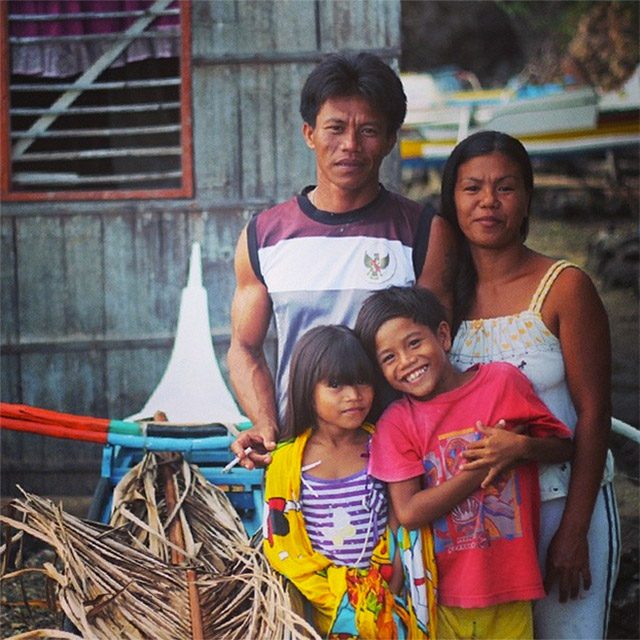
The Indonesian identity question is something I would rather leave for you to answer. Ultimately as a journalist, I throw the questions, not the other way around.
The Sangirs’ stories have in a way shaped my life as a “legal” holder of Philippine citizenship. Many of us do not see this as an issue. We do not go to bed having to think about who we really are. My birth certificate and passport tell me I’m Filipino. You’re Indonesian because your KTP says so.
But for people like Dagcutan and Lahabir, they are considered aliens in the land where they live. As non-Filipino citizens, they often find themselves in trouble with land ownership, and access to state-sponsored insurance. Again, these are problems we don’t have to go through, because our government recognizes us as their citizens
I came to Indonesia to hopefully bring their questions here.
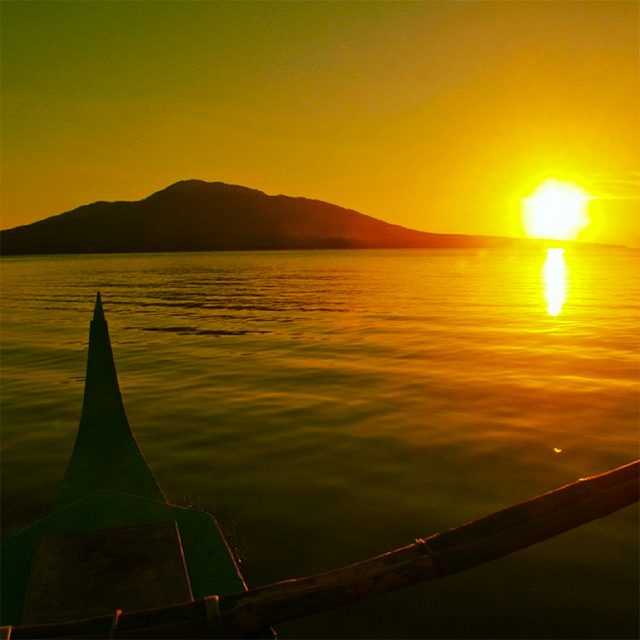
On the day that I was preparing to leave Balut island three years ago, one of Lahabir’s kids asked me, “When are you coming back?”
“I do not know, po (Sangirese for adik),” I replied. I simply do not know.
I sat in front of the boat so they could not catch me shed tears that were swallowed by the sea.
Two years later, I joined Rappler as a business reporter.
But the Sangirs’ stories are so complex that often in my sleep, their voices continued to haunt me. When are you coming back? You must tell more of our stories.
Today I am here in the country they imagine as their home. – Rappler.com
Mick Basa studies postgraduate Sociology at Universitas Muhammadiyah Malang. He was Rappler’s business reporter in Manila before moving to Indonesia.
Add a comment
How does this make you feel?
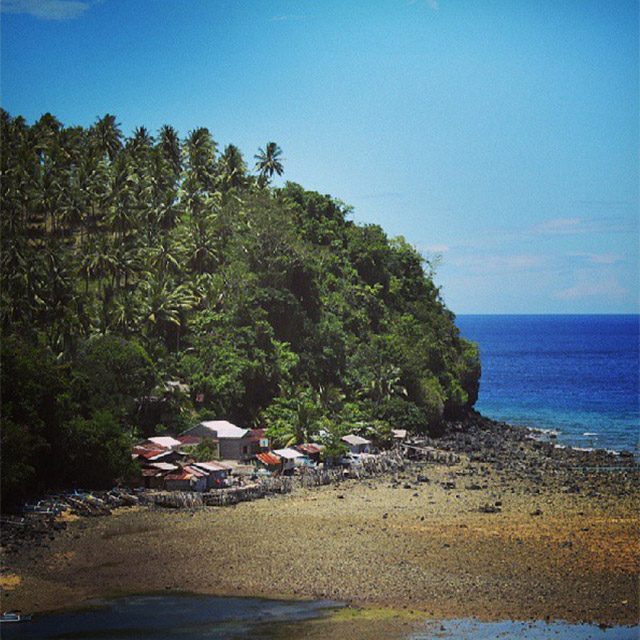
There are no comments yet. Add your comment to start the conversation.